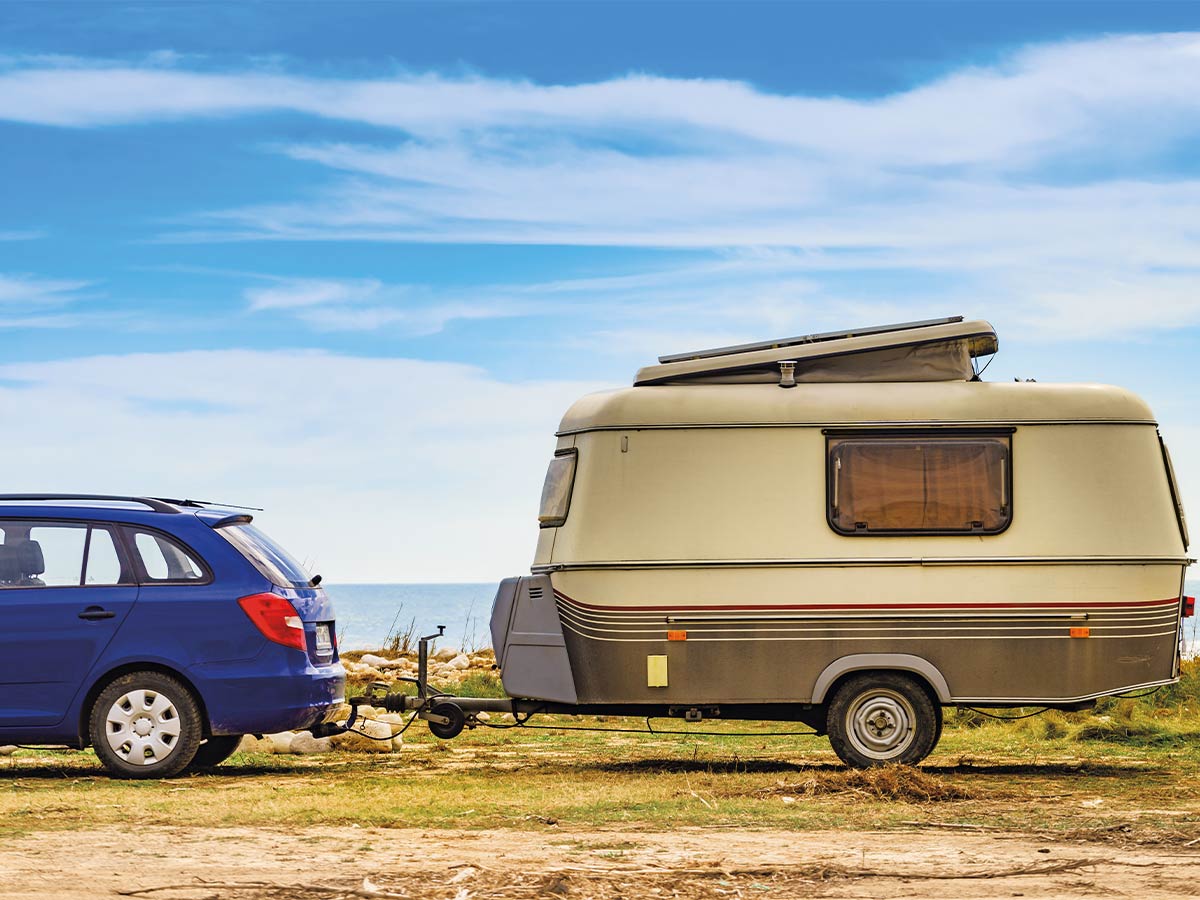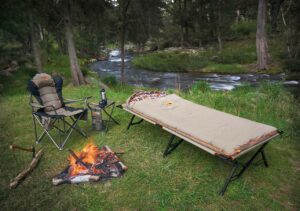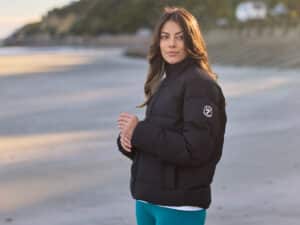Seasoned traveller Lisa Jansen takes a deep dive into everything you need to know to make towing a caravan safe and comfortable
A caravan is a great way to explore New Zealand. They are often more affordable than motorhomes of the same size, and you can leave your caravan behind and explore in your tow vehicle instead of always having to pack up everything to go a short distance.
However, towing a caravan comes with its set of responsibilities and challenges.
In fact, not wanting the hassle of towing is one of the most common reasons why RVers choose a motorhome over a caravan. However, with the correct information, preparation, and gadgets, towing can be easy and enjoyable.
This guide, created with the support of towing expert Angus Hamilton from Tiny Towing Solutions, covers everything you need to know to make your towing experience safer and more enjoyable.
Terminology
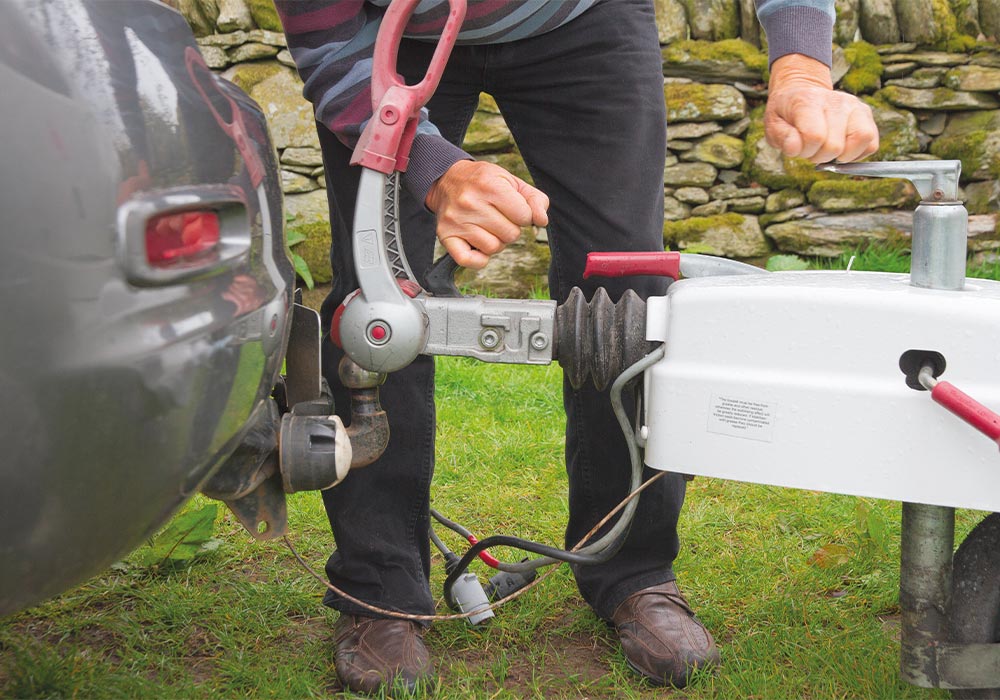
If you’re looking at caravan descriptions, you will quickly notice some jargon. Understanding the terminology is the first step towards safe and legal towing. Let’s take a look at the main ones.
Unladen Weight/Mass in Running Order (MIRO)
The weight of the caravan without any contents. This is how much the caravan weighs when it leaves the factory before you add any extras (solar panels, bike racks, satellite dish, etc.) or contents, such as clothes, food and bedding.
Maximum Laden Weight (MLW)/Gross Vehicle Mass (GVM)/Gross Laden Weight (GLW)/ Maximum Technical Permissible Mass (MTPLM)
All these terms refer to the maximum a caravan can legally weigh while being towed, including all contents and add-ons.
Payload
This is the difference between the unladen and laden weight of a caravan. It’s how much you can load into your caravan while towing.
Aggregate Trailer Mass (ATM)
The actual total weight of the caravan, including its load. In other words, the weight of your caravan, including all the contents you carry in it.
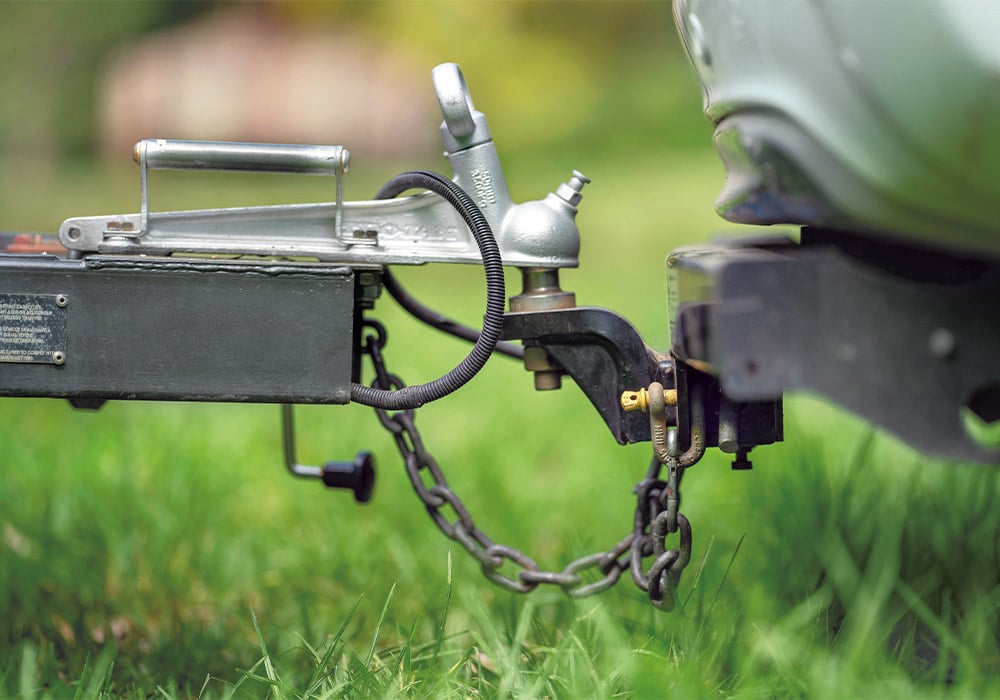
Gross Combined Mass (GCM)/Gross Combined Weight (GCW)
The maximum combined weight of the tow vehicle and the caravan, including all load and people. It’s important to note that with a Class 1 driver’s license, your total GCM cannot be more than 6000kg.
Noseweight/Tow Ball Mass (TBM)
The downward force exerted on the tow ball by the caravan. Your tow ball has to be able to carry the TBM of your caravan to be safe and legal.
Vehicle towing capacity
The maximum tow weight the manufacturer has set for the vehicle. The laden weight of your caravan cannot exceed your vehicle’s towing capacity.
Weight. Weight. Weight.
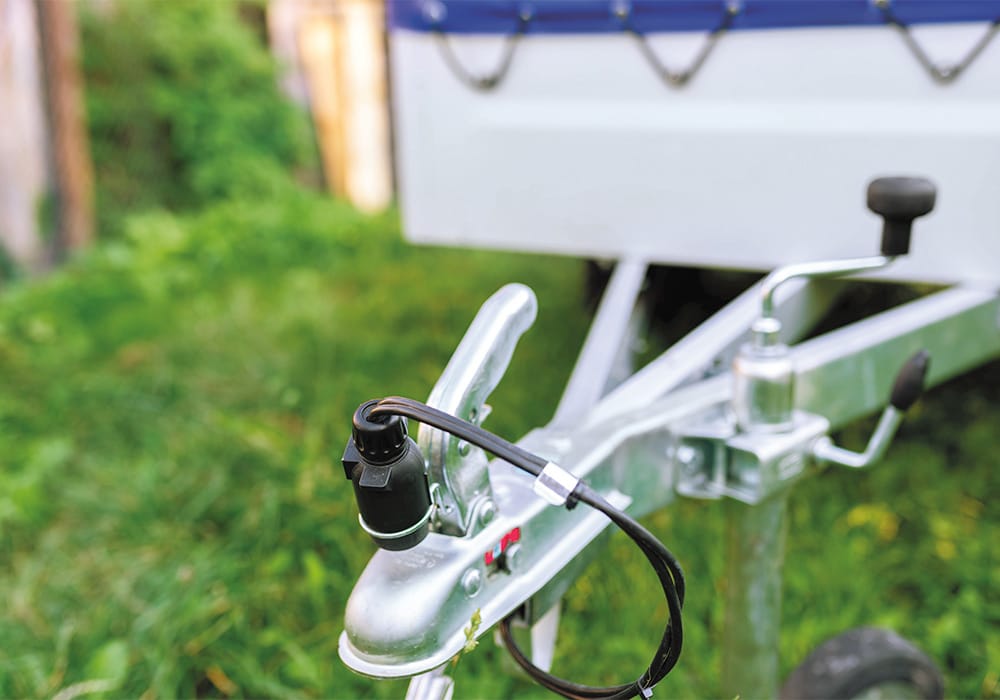
If ‘Location. Location. Location’ is the slogan of traditional real estate, ‘Weight. Weight. Weight’ is the equivalent for homes on wheels, especially those that need to be towed. Weight plays a pivotal role in towing safety. Overloaded caravans can compromise stability, braking efficiency, and overall control of the tow vehicle. In addition, exceeding weight limits can result in hefty fines. As such, caravan owners need to pay attention to several critical, weight-related factors.
The car – trailer combination
As a first step, ensure that your caravan’s Aggregate Trailer Mass (ATM) – its actual weight when fully loaded – does not exceed your vehicle’s towing capacity. However, there’s more to it. Some cars might technically have a high enough towing capacity, but they lack the weight, torque, or features to tow your caravan not just safely but also comfortably. Therefore, those who plan to tow heavy caravans, in particular, should do additional research when choosing a tow vehicle, instead of just looking at the manufacturer’s tow capacity.
Maximum Laden Weight
Ensure you know the Maximum Laden Weight for your caravan and how much payload you can add. Many caravan owners are surprised at how quickly things like clothing and food add up to significant weight. Also remember that add-ons, such as solar panels and bike racks usually aren’t included in the manufacturer’s listed unladen weight, so if you have added those items, it will come out of your payload. If you’re not sure how much your fully loaded caravan weighs, stop at a weighing station before embarking on a big trip.
Weight Distribution
It’s not just about how much a caravan weighs. It’s also about where the weight is located. Proper weight distribution within the caravan is essential for maintaining stability. When loading your caravan, ensure that heavy items are evenly distributed and secured to prevent swaying or pitching during transit.
Braked vs unbraked caravans
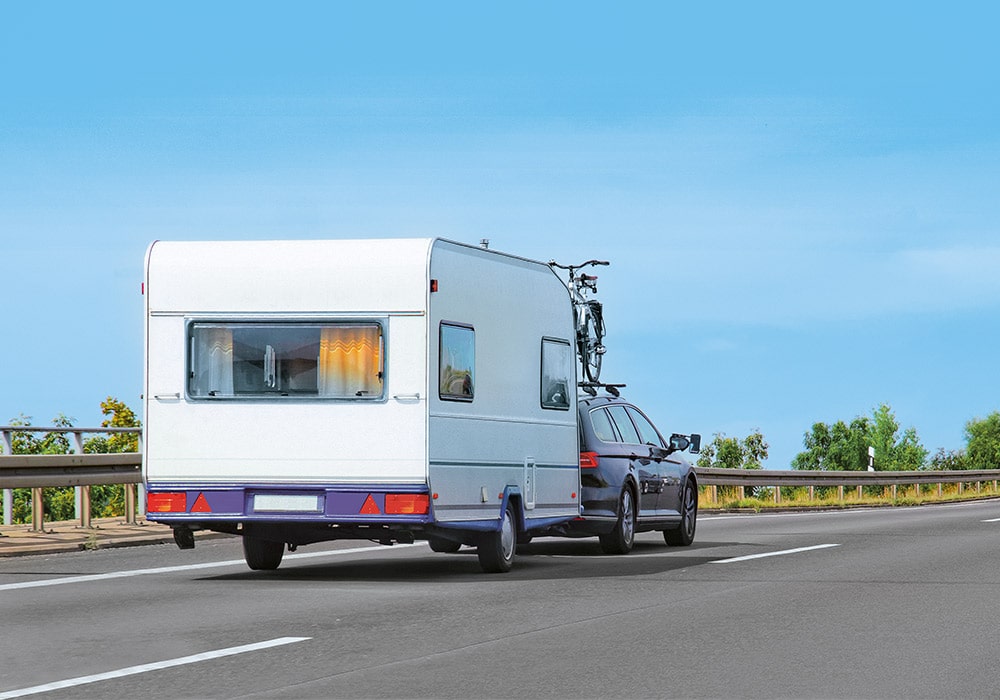
Another important factor to consider is whether a caravan is braked or unbraked. These days, most caravans are braked. However, some are not, especially older models. Braked caravans are equipped with a braking system that helps the tow vehicle control the caravan’s speed and aids in stopping. Unbraked caravans rely solely on the tow vehicle’s brakes, potentially resulting in longer stopping distances.
The distinction is important for three reasons. Firstly, most vehicles have different towing capacities for braked and unbraked trailers. Secondly, towing a braked trailer is generally more comfortable and safer, especially when the trailer is heavy. Thirdly, New Zealand law mandates that caravans with a Gross Laden Weight exceeding 2000kg must have a braking system. Therefore, always check your caravan’s specifications to ensure compliance.
Single axle vs double axle
Caravans are usually either single- or double-axle. Some are triple-axle, although, that’s rare in New Zealand.
Single-axle caravans are generally easier to manoeuvre, making them suitable for those who move to new locations frequently and want a caravan that’s easier to handle on tight campgrounds. Double-axle caravans, on the other hand, offer enhanced stability and load-carrying capacity, making them ideal for longer journeys and larger caravans.
Choosing the right tow vehicle
Choosing the right tow vehicle is crucial for a safe and comfortable towing experience. Consider the following factors:
- Engine power: Ensure your tow vehicle has sufficient power to handle the caravan’s weight.
- Tow rating: Check the manufacturer’s tow rating to ensure it aligns with the caravan’s ATM.
- Stability: Opt for a tow vehicle with good stability and control, especially in adverse weather conditions.
- Suspension: Upgraded suspension can enhance the tow vehicle’s handling when towing heavy loads.
- Pros and cons vary depending on your specific needs, so research thoroughly and consider seeking advice from experts.
Gadgets that make towing easier
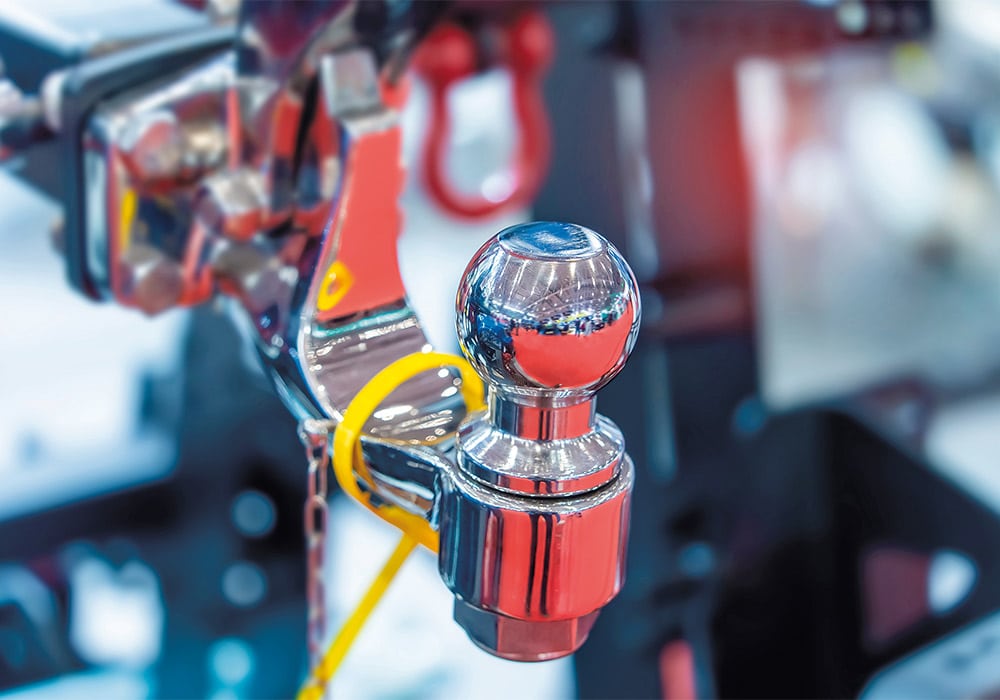
There are several gadgets that can make towing a caravan easier and safer. These include:
Towing mirrors
Towing mirrors provide a wider field of vision, compensating for the increased width and length of a towed caravan. These mirrors are essential for maintaining awareness of surrounding traffic and ensuring safe lane changes.
Cameras
Reversing and rear-view cameras assist in manoeuvring the caravan, especially in tight spaces. They enhance visibility, making parking, and reversing more manageable.
Motor-movers
Motor-movers are electronic devices fitted to the caravan’s wheels, allowing for precise manoeuvring without needing a tow vehicle. This is particularly useful when positioning the caravan in tight or awkward spaces.
Weight distribution hitch
A weight distribution hitch helps distribute the load evenly across the tow vehicle and caravan axles. This improves stability and control, reducing the likelihood of swaying.
Towing a caravan requires careful consideration of the factors outlined here to ensure it’s safe and comfortable – for yourself and other road users. If you’re new to towing, it can be a good idea to find an open space to practice before hitting the road. You could even ask a seasoned expert for guidance to help you become more confident.
However, with some practice and consideration, there is nothing standing in the way of having a fantastic time caravanning around the country. Safe travels!

